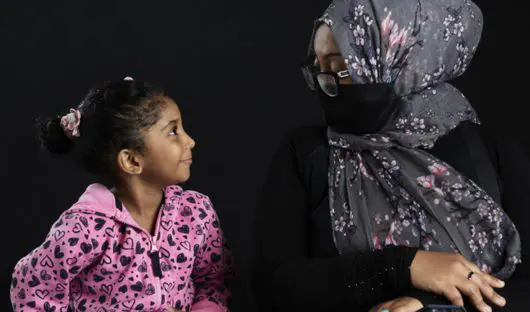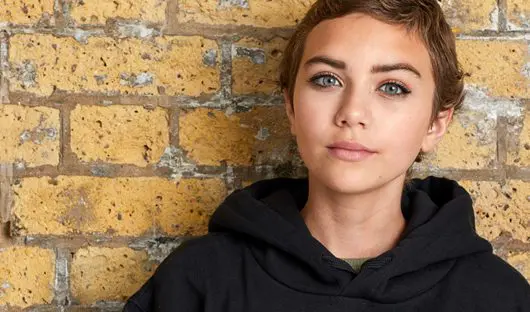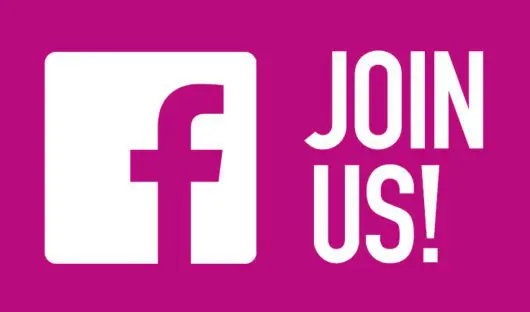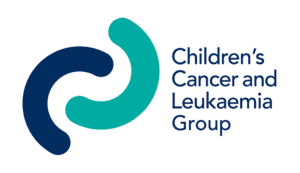Acute lymphoblastic leukaemia
Acute lymphoblastic leukaemia (ALL) is a type of blood cancer and can affect children of any age but is more common in children aged 1-4 years old. Approximately, 75% of leukaemia cases are ALL.
Leukaemia is a cancer of the white blood cells, which help fight infection in the body. Normally, white blood cells develop, repair and reproduce themselves in an orderly and controlled way but in leukaemia cells, the process gets out of control.
ALL is a cancer of immature lymphocytes, called lymphblasts or blast cells. There are two different types of lymphocytes: T-cells and B-cells. Often, leukaemia occurs at a very early stage in the immature lymphocytes, before they have developed into either T-cells or B-cells. However, if the cells have developed this far before becoming leukaemic, the type of leukaemia may be known as T-cell or B-cell leukaemia.
Signs and symptoms
As the leukaemia cells multiply in the bone marrow, the production of normal blood cells is reduced. Children may therefore become:
- tired and lethargic because of anaemia, which is caused by a lack of red blood cells
- pale skin
- develop bruises
- unusual bleeding which may take longer to stop because of the low number of platelets present in their blood (which help blood to clot)
- children can suffer from frequent infections because of low numbers of normal white blood cells
- purple skin rash called petechiae.
A child is likely to feel generally unwell and may complain of aches and pains in the limbs or may have swollen lymph glands.
At first, the symptoms are just like those of a viral infection, but when they continue for more than a week or two, the diagnosis usually becomes clear.
Causes
The exact cause of ALL is unknown and research is going on all the time into possible causes of this disease. Children with certain genetic disorders, such as Down’s syndrome, are known to have a higher risk of developing leukaemia.
Brothers and sisters of a child with ALL (particularly identical twins) have a slightly increased risk of developing ALL themselves, although this risk is still small.
Like all cancers, ALL is not infectious and cannot be passed on to other people.
How is ALL diagnosed
A blood test usually shows low numbers of normal white blood cells and the presence of the abnormal leukaemia cells. A sample of bone marrow is usually needed to confirm the diagnosis. A sample is also sent to the genetics department to look for any abnormal chromosomes, and for a test called MRD (minimal residual disease) analysis.
A test called a lumbar puncture is done to see if the spinal fluid contains any leukaemia cells. A chest x-ray is also done, which will show if there are any enlarged glands in the chest. Other tests may be necessary, depending on your child’s symptoms.
These tests will help to identify the precise type of leukaemia and help doctors decide on the best treatment.
Treatment
The aim of treatment for ALL is to destroy the leukaemia cells and enable the bone marrow to work normally again. Chemotherapy is the main treatment for ALL and is given according to a treatment plan (often called a protocol or regimen).
The treatment is given in several phases, or ‘blocks’, which are explained below.
Induction
This phase involves intensive treatment, aimed at destroying as many leukaemia cells as possible and is usually started within days of being diagnosed. The induction phase lasts 4 to 6 weeks. A bone marrow test is taken at the end of induction treatment to confirm whether or not the child still has leukaemia. The sample that is taken is looked at under a microscope and when there is no evidence of leukaemia, the child’s condition is referred to as being in ‘remission’.
Consolidation and central nervous system (CNS) treatment
The next phase of treatment is aimed at maintaining the remission and preventing the spread of leukaemia cells into the brain and spinal cord (the central nervous system, or CNS). CNS treatment involves performing a lumbar puncture and injecting a drug, usually methotrexate, into the spinal fluid (intrathecal treatment).
After this consolidation treatment, there is a recovery period which is called ‘interim maintenance’. This is when more drugs will be given to try to keep the leukaemia in remission. The exact details will depend on which treatment plan your child follows and will be discussed in detail by your child’s doctor as it depends on your child’s response to treatment so far.
Further doses of chemotherapy treatment, called ‘delayed intensification’, are given to kill off any remaining leukaemia cells.
Maintenance treatment
This phase of treatment lasts for two years from the start of interim maintenance for girls and three years from the start of interim maintenance for boys. It involves the child taking daily and weekly tablets, some children also have monthly injections of chemotherapy and oral pulses of steroids and three-monthly intrathecal treatment.
Children will be able to take part in their normal daily activities as soon as they feel able to. Most children return to school before beginning maintenance treatment.
Bone marrow transplantation
Bone marrow treatment is only needed by a minority of patients and is used for children with ALL that is likely to come back following standard chemotherapy.
Testicular radiotherapy
In some situations it may be necessary for boys to have radiotherapy to their testicles. This is because leukaemia cells can survive in the testicles despite chemotherapy.
Central nervous system (CNS) radiotherapy
Children who have leukaemia cells in their CNS when they are first diagnosed with ALL need more frequent lumbar punctures with intrathecal chemotherapy. Your child’s specialist will discuss with you which treatment and how much of it your child needs, and will answer any questions you have.
Follow-up care
Most children with ALL are cured. If the leukaemia recurs after initial treatment, it usually does so within the first three years. Further treatment can then be given.
Long-term side effects (late side effects) are rare, and most children with ALL grow and develop normally.
If you have specific concerns about your child’s condition and treatment, it’s best to discuss them with your child’s doctor, who knows the situation in detail.
This information was written by the Children’s Cancer and Leukaemia Group (CCLG)
You might also want to look at
My child has cancer
If you're a parent or carer of a child diagnosed with cancer, get the right help and advice for us to support you.
My child has cancer
I have cancer
Your go-to place for everything you might need when you've been diagnosed with cancer.
I have cancer
Join our Facebook groups
Meet others with similar experiences, share your views and have your voice heard.
Join our groups
